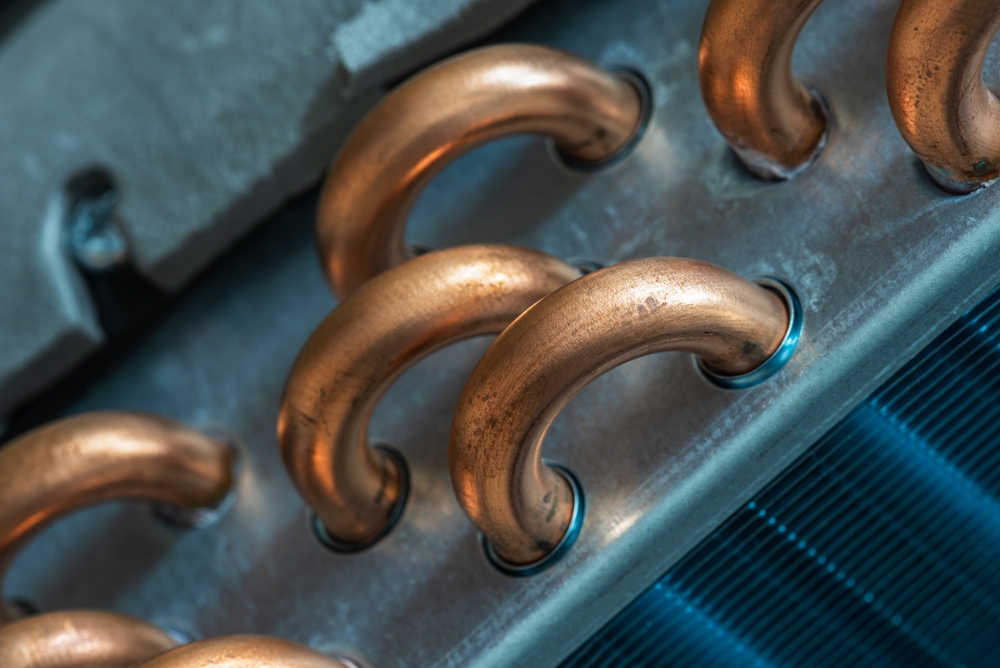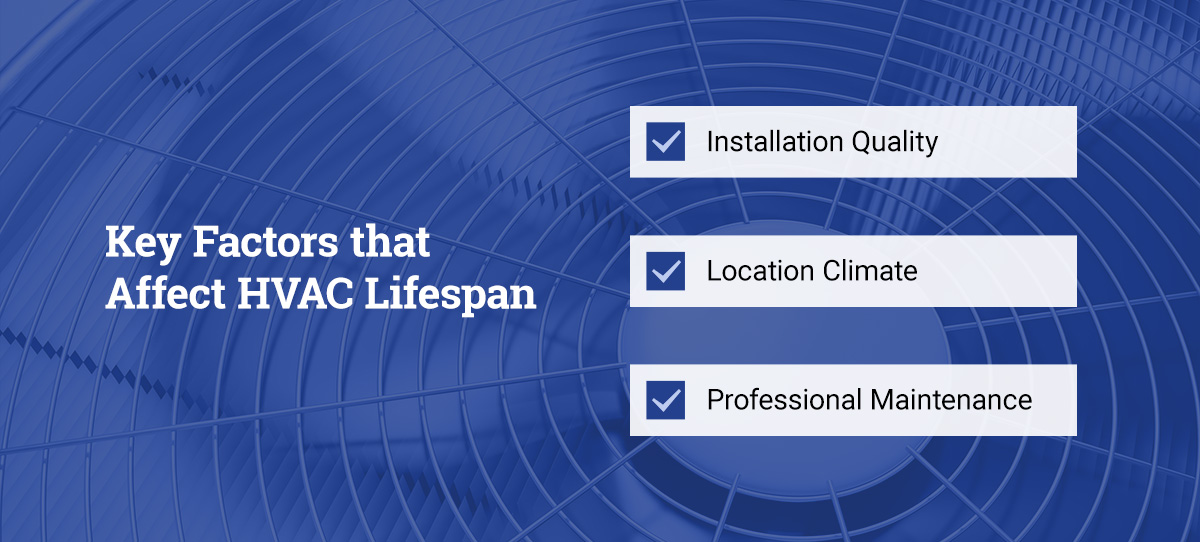
Not all of us are furnace experts—and that is alright. This is why we have the internet at our fingertips. A component of your furnace that keeps it running properly is the heat exchanger. What exactly is a heat exchanger? In this comprehensive outline, we will go over what the heat exchanger is, how it works, the main signs of a bad heat exchanger, and the potential health risks of a faulty component in your system.
What is a Heat Exchanger?
We have discussed the importance of the heat exchanger in your furnace, but what exactly is it, and what does it do? The heat exchanger is a metal component inside your furnace that transfers the heat created in the combustion chamber into the air inside the furnace’s tank.
Once the heat is transferred into the air in the furnace, that hot air is pumped throughout your home through your HVAC system and supply vents, keeping you nice and warm during the cold Michigan winter months.
The design of your heat exchanger is intended to prevent the toxic combustion gasses in the chamber from leaking out and mixing into the hot air circulating throughout your home. This ensures that the warm air emitted from your furnace is safe to breathe and does not pose any threat to you or your family.
If there are any issues with the heat exchanger in your HVAC system, it can lead to potentially serious health risks to anyone within your home.
How Do Heat Exchangers Work?
The easiest way to learn about what a heat exchanger is includes being familiar with the operational process of your furnace. While your heat exchanger works as a metal shield to protect your home from the gasses within the combustion chamber, there are a few different styles of heat exchangers that do this job in slightly different ways.
The general concept is that the blower fan moves clean air through your furnace and across the outside of the heated metal components within the system. As this air passes across the heat exchanger, it gets warmed up and sent through your home.
There are two main components of the heat exchangers in your home’s furnace: the primary heat exchanger and the secondary heat exchanger.
Read More: Top Explanations for Furnace Odors and Ways to Respond
Primary Heat Exchanger
The primary heat exchanger is located near the burner and receives the hottest gas from the combustion chamber. It produces the most heat and can wear down quicker than the secondary heat exchanger. A lot of the heat is released in this first exchanger. The hot gas then moves to the secondary heat exchanger from the primary component.
Secondary Heat Exchanger
Once the hot gas moves to the secondary heat exchanger, more heat is released into the clean air in the furnace. Water vapors also begin to form, releasing even more heat into the air and potentially improving the efficiency of your furnace.

Signs of a Bad Furnace Heat Exchanger
Problems with your heat exchanger can lead to more serious issues if not addressed professionally and promptly.
How do you know when something is potentially wrong? There are a handful of warning signs you can look out for to keep your furnace running smoothly and your family safe. Some warning signs that the heat exchanger in your furnace has gone bad include the following:
1. Abnormal Burner Flames
The burner flame in your furnace should be steady and deep blue. If you notice that it is flickering or dancing around and looks orange or yellow, this can be a sign that oxygen is leaking into your furnace’s combustion chamber through a potential crack in the heat exchanger.
2. Strange Odors
While your furnace is running, there should be no noticeable smell or odor. If you notice a strong smell of formaldehyde, vinegar, or pungent sour pickles, this could be toxic gasses from the combustion chamber leaking out through a damaged heat exchanger.
3. Soot Buildup or Discolored Metal
There should not be any soot in or around your heat exchanger. If there is a crack in the exchanger, soot may slip through and discolor the metal around the exchanger. Soot may be a sign of poor combustion in the chamber due to damage to your heat exchanger.
4. Weird Sounds
Furnaces should be quiet while running, with a faint humming noise. There are various types of furnace noises you need to be familiar with. If you hear rattling, banging, or popping sounds, this is a sign of a cracked heat exchanger in your furnace.
5. Carbon Monoxide Detection
Carbon monoxide is a colorless and odorless gas that can lead to serious health issues. Carbon monoxide detectors help protect your family and alert you to the presence of carbon monoxide, similar to a fire alarm.
If you have a carbon monoxide detector near your furnace and it starts to go off, immediately turn off your furnace and evacuate the home. Call emergency medical services if anyone in your family shows signs of carbon monoxide poisoning.
Read More: What Are the Advantages of Investing in a Tankless Water Heater?
6. Damaged Components
A poor heat exchanger can lead to corrosion and other damage to the rest of your furnace. Any damage to your heater can lead to serious issues later down the road.
7. Weak Heating Efficiency
If you notice your furnace is not running as efficiently or struggling to keep up, it could be a sign of an issue with your heat exchanger.
8. Crack in Heat Exchanger
If there are noticeable cracks in your heat exchanger, take these seriously and get them professionally taken care of as soon as possible.
Health Risks of a Damaged Furnace Heat Exchanger
Since the heat exchanger helps contain the combustion gas within your furnace, any damage to it can have serious consequences for your health.
Your furnace can begin to leak carbon monoxide and other toxic by-products into your home, causing serious health issues such as carbon monoxide poisoning. It can also lead to a buildup of CO in your home, which can become dangerous quickly.

Stay Ahead of Winter with Professional Furnace Maintenance Services
Have you found a potential issue with the heat exchanger in your furnace and are now seeking professional help? Our team of professionals offer extensive HVAC repair services in Detroit and other areas throughout Southeastern Michigan. Our technicians are available to perform furnace tune-up and furnace repair services to ensure you are ready for the cold weather.
If our team is not able to fix your system, we will work with you to perform a furnace replacement. Since 1988, our team of experienced professionals has been on a mission to provide optimal customer service and results that will last.
Contact us online or over the phone at 586-336-1111 to schedule a free estimate or speak with one of our professionals.




